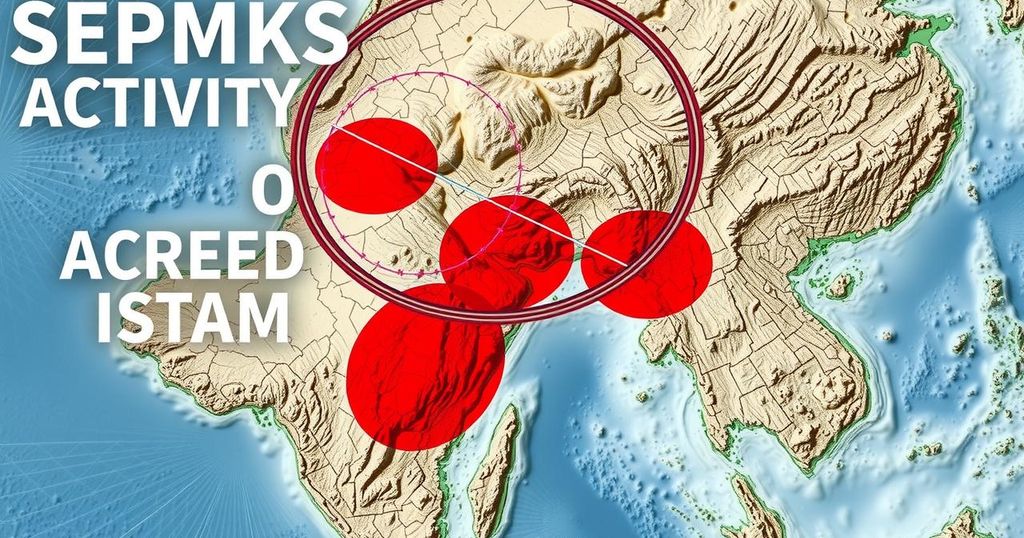A 6.1-magnitude earthquake occurred in Calama, Chile on January 2, while a 4.7-magnitude quake was reported in California the previous day. This was part of a sequence of seismic events affecting various locations, including Alaska and the Kuril Islands, showcasing heightened geological activity.
On January 2, the United States Geological Survey reported a 6.1-magnitude earthquake striking near Calama, Chile, at a depth of approximately 99 kilometers (61.5 miles). This seismic event was felt by at least 25 individuals at the time of reporting, indicating a noticeable impact on the local population. Notably, this earthquake followed a 4.7-magnitude tremor in California the previous day, which occurred near Cobb at a shallower depth of 1.1 kilometers (0.7 miles).
The seismic activity did not end there, as on December 30, another earthquake measuring 3.3-magnitude hit near Nikolski, Alaska, at a depth of 39.5 kilometers (25 miles). This event was shortly preceded by a similar 3.3-magnitude earthquake in Fort Bidwell, California, on the same day at a depth of 3.4 kilometers (2.1 miles).
Earlier seismic disturbances included a significant 6.7-magnitude earthquake in the Kuril Islands on December 27, which occurred at a depth of 162.6 kilometers (101 miles), and another earthquake measuring 3.6-magnitude that struck McCarthy, Alaska, just a day before on December 26, at a depth of 8.1 kilometers (5 miles). Adding to the frequency of seismic events, a 3.0-magnitude earthquake was reported in Clayton, California, on December 25, at a depth of 13.2 kilometers (8.2 miles). This sequence of tremors was initiated by a 5.9-magnitude earthquake in Cuba, centered in Guisa on December 23, at a depth of 22.2 kilometers (13.8 miles).
Earthquakes are natural seismic events caused by the sudden release of energy in the Earth’s crust, resulting in ground shaking. The frequency and magnitude of earthquakes in different regions can vary widely due to geological factors. Recent seismic activity has raised attention to patterns of earthquakes in North America and neighboring regions such as South America, where Chile is known for its seismic vulnerability due to the presence of tectonic plate boundaries.
The recent series of earthquakes highlight the ongoing seismic activity across various regions, particularly in Chile, California, and Alaska. The 6.1-magnitude earthquake in Chile signifies the potential for significant geological events, following multiple tremors in California and Alaska. Understanding the implications of such seismic activity is crucial for preparedness and risk mitigation in affected areas.
Original Source: www.kogo.com






